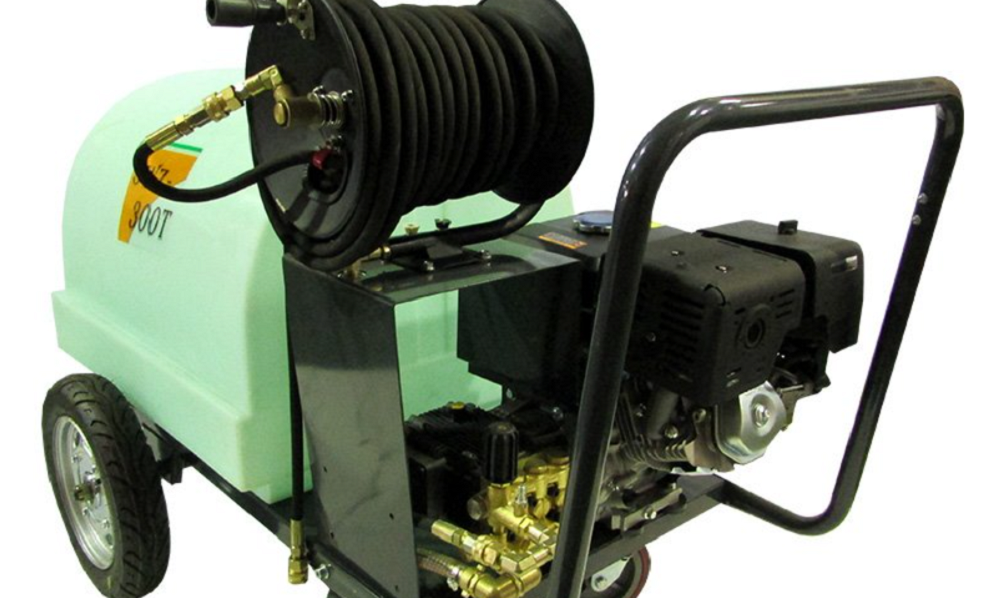The ASTM International standard specification ASTM A135 outlines the specifications for electric-resistance-welded steel pipes intended for a range of fluid transportation applications. These pipes find extensive use in conveying gas, vapor, water, or other liquids. With a focus on ensuring reliability and structural integrity, ASTM A135 provides guidelines for manufacturing processes, material specifications, and testing procedures.
The manufacturing process involves electric-resistance welding (ERW) of the longitudinal seam of the pipe using hot-rolled steel. ASTM A135 pipes are available in a range of sizes, with diameters spanning from 2 to 26 inches, accommodating diverse project specifications. Uniacero has a collection of more items… go and visit there. Additionally, the standard permits hot-dip galvanizing to enhance corrosion resistance, a crucial feature for pipes destined for various environments.
What Are The Grades Of Steel Covered By ASTM A135?
ASTM A135 specifies two grades of steel: Grade A and B. Grade B requires better tensile and yield strength than Grade A. The mechanical attributes necessary for specific applications determine which grade to use, with Grade B providing enhanced strength in more demanding settings.
Limitations of ASTM A135 Pipe
ASTM A135 is a popular standard specification for electric-resistance-welded steel pipes used to convey gas, vapor, water, and other liquids. While ASTM A135 provides advantages, it is vital to understand its limitations to ensure proper application and execution. In this piece, we will discuss the major limitations of ASTM A135 pipes.
Material Limitations
Material specifications are one of the most significant constraints on ASTM A135 pipes. The standard defines two grades of steel: Grade A and Grade B. However, certain grades may not be suited for applications that require specific material qualities. Grade B requires more tensile and yield strength than Grade A. If a project necessitates a steel grade with properties that fall outside the scope of ASTM A135, alternate standards or grades may be required.
Corrosion Susceptibility
ASTM A135 pipes, like many carbon steel pipes, are prone to corrosion. While hot-dip galvanizing is allowed under the standard to improve corrosion resistance, it may not be sufficient in very corrosive situations. Engineers and designers should carefully evaluate the environmental conditions and, if necessary, take further precautions, such as applying corrosion-resistant coatings or choosing alternative materials for the specific application.
Temperature Limitations
ASTM A135 pipes have temperature limits and are intended for moderate-temperature applications. Extreme temperatures, whether high or low, can be challenging. Engineers should check the expected operating temperatures against the specifications to guarantee compatibility. For uses outside of the stated temperature range, other materials or standards capable of withstanding the appropriate temperature conditions should be investigated.
Limited Size Range
ASTM A135 pipes have a limited size range of 2 to 26 inches. This may present difficulties for projects that require pipes beyond this range. Engineers must painstakingly examine size requirements, taking into account alternate standards for bigger and smaller dimensions. Adherence to the prescribed size range is critical to ensuring ASTM A135 pipes’ compliance and effectiveness in a variety of applications.
Pressure Ratings
ASTM A135 pipes are intended for low to moderate-pressure applications. The standard’s limits become clear in high-pressure situations, where alternate materials or standards with higher pressure ratings may be required. Engineers must carefully assess project pressure needs to assure compatibility and avoid potential problems caused by exceeding the pressure capabilities of ASTM A135 pipes.
Welding Considerations
Welding limits apply to ASTM A135 pipes that are electric resistance welded. Weld quality and any faults must be closely monitored, particularly in sensitive applications. Strict adherence to proper welding techniques and inspections is required to ensure weld integrity, which protects the overall performance of ASTM A135 pipes in numerous applications that rely on strong and reliable welded connections.
Conclusion
Knowing the limitations of ASTM A135 pipes is critical for making sound decisions. While ASTM A135 is a generally acknowledged standard for a variety of applications, it may not be appropriate for all situations. Engineers, designers, and project managers should thoroughly examine their projects’ specific requirements and consider alternative materials or standards as needed. This ensures that piping systems perform successfully and reliably in a variety of applications.














